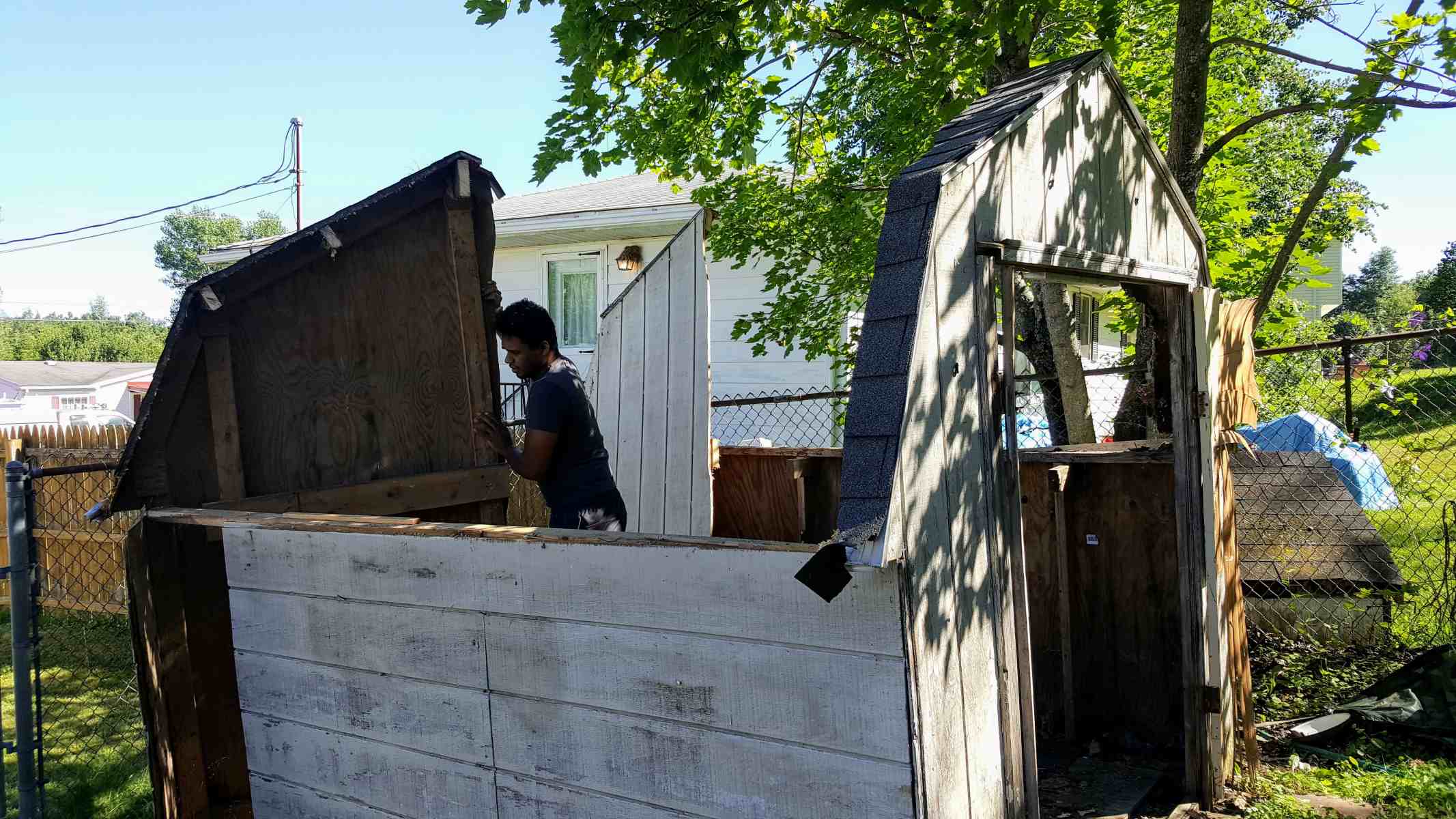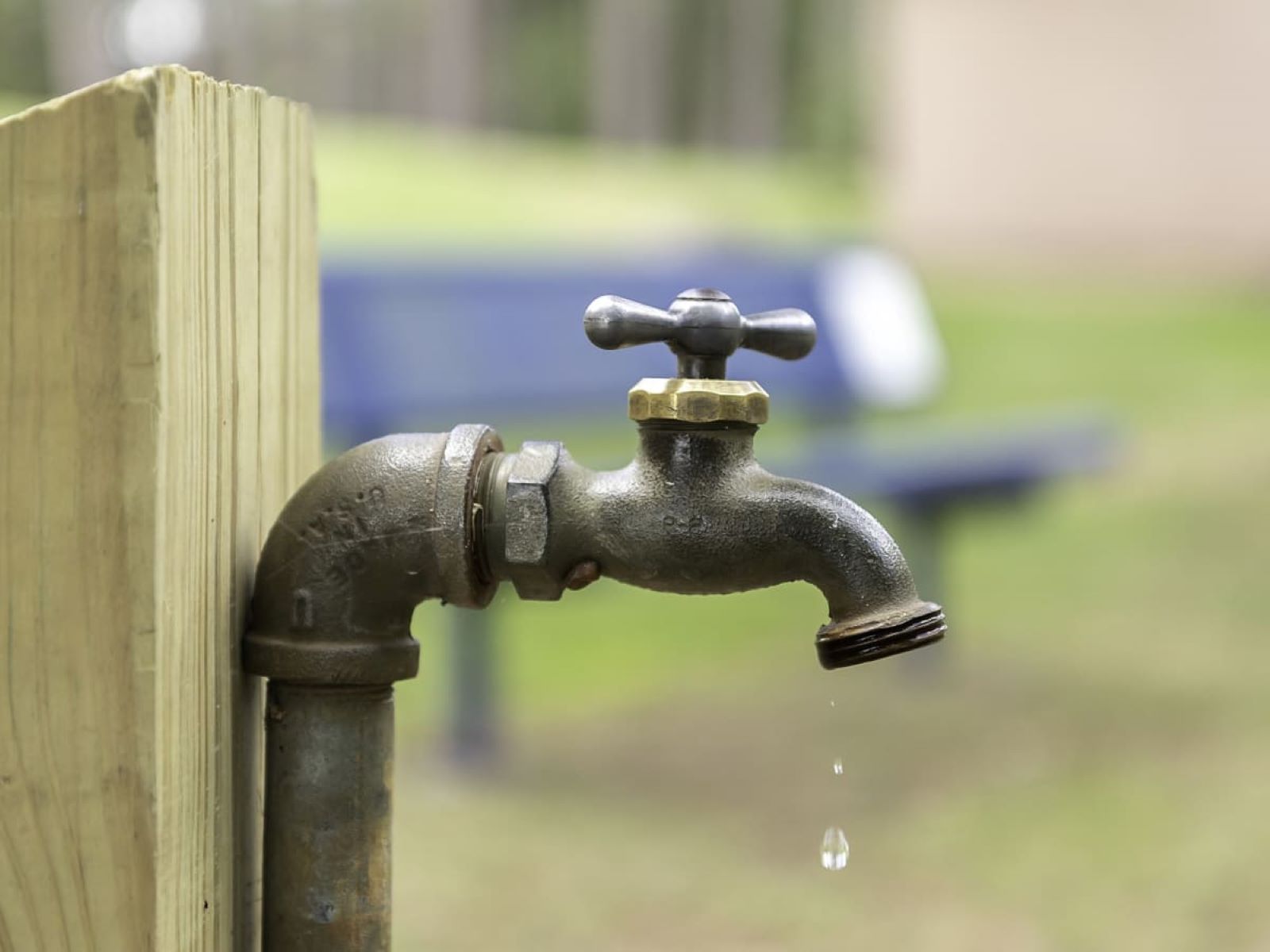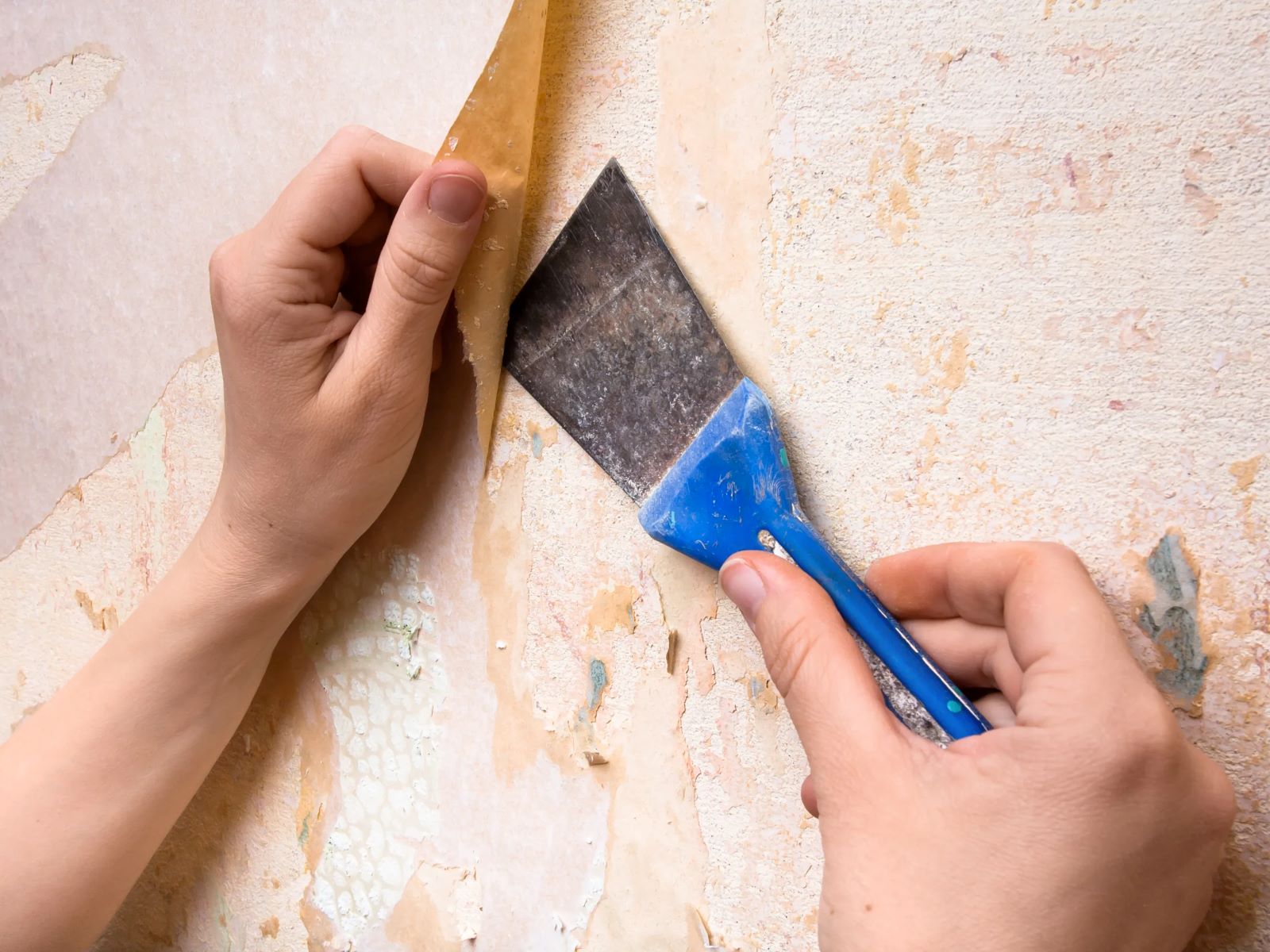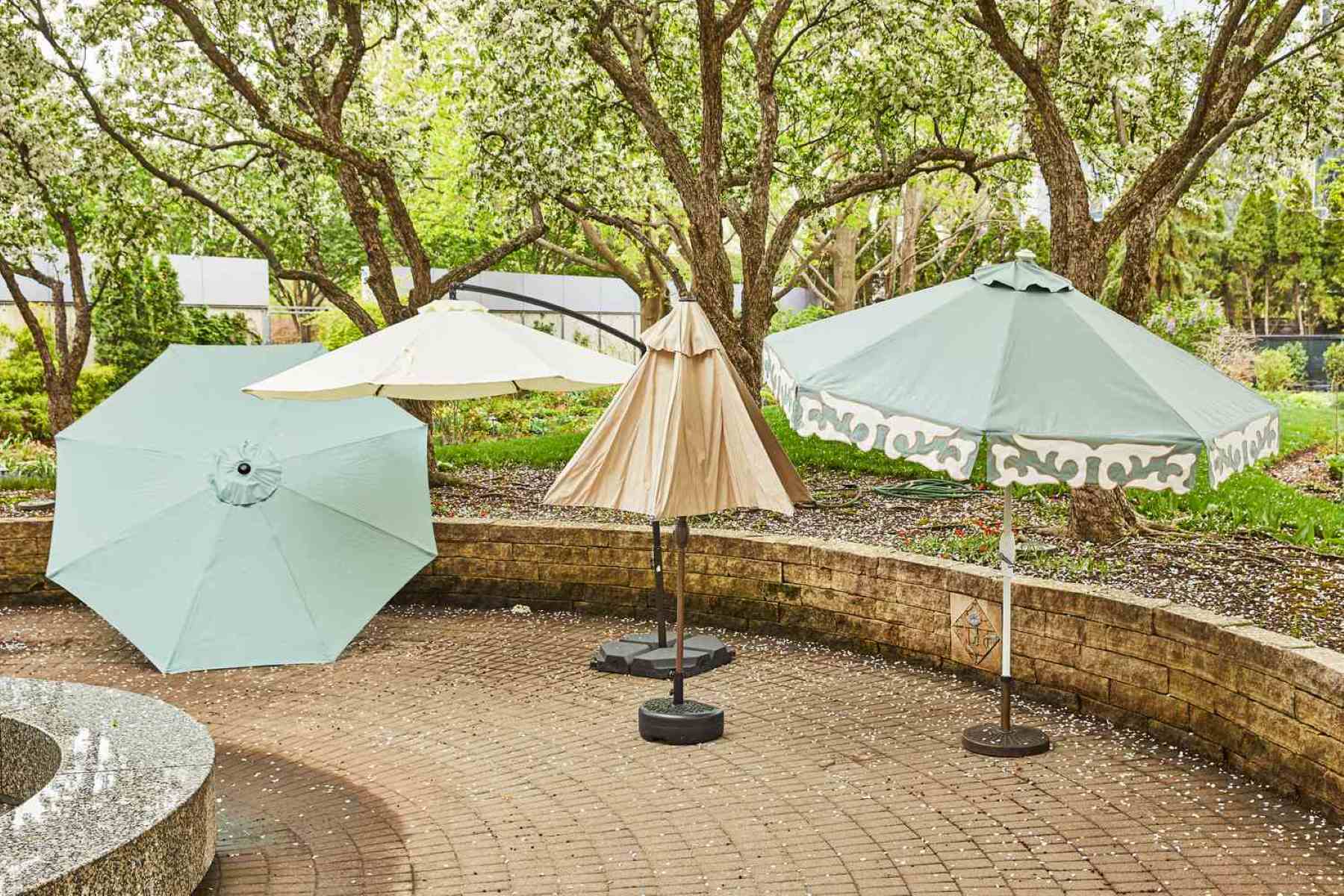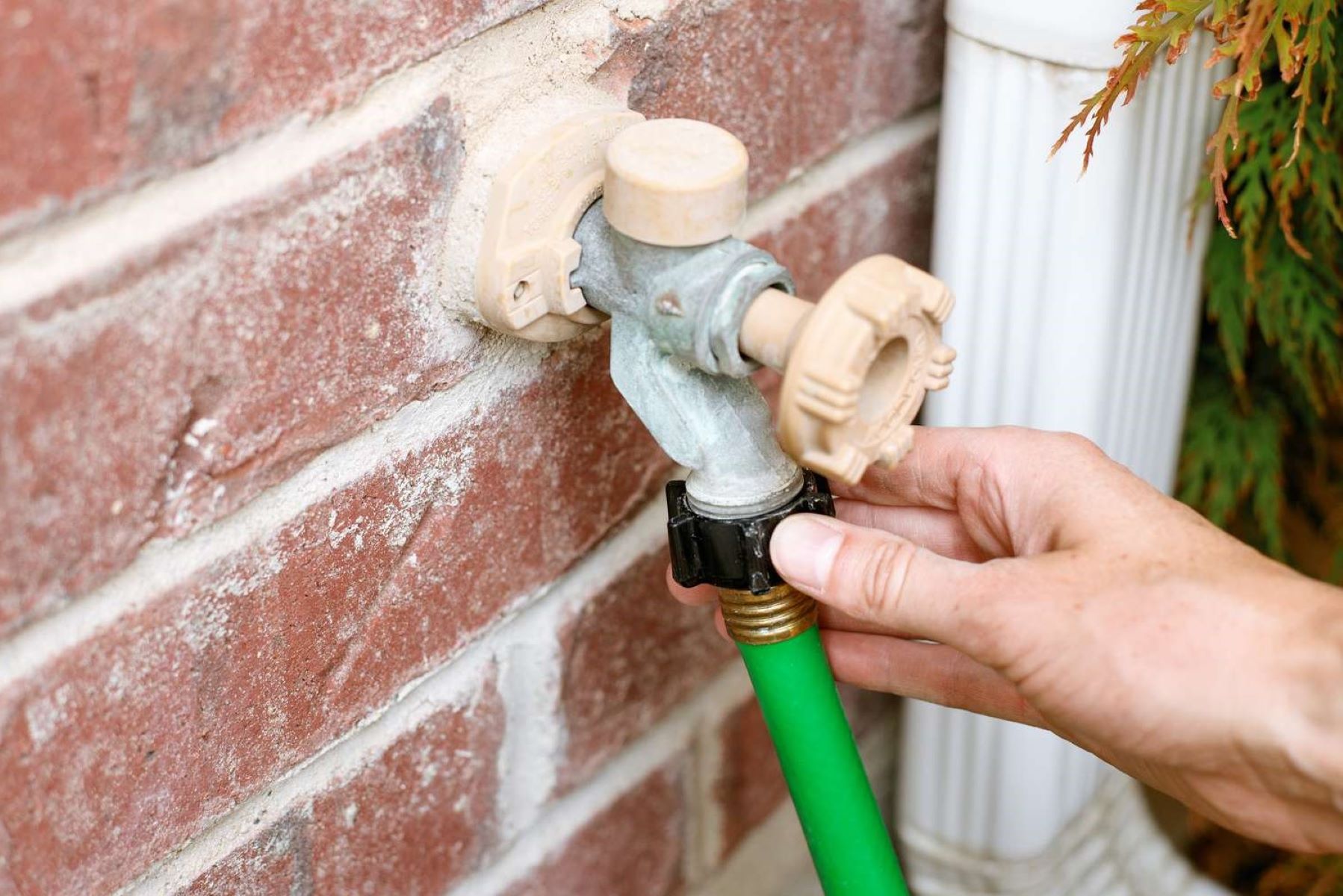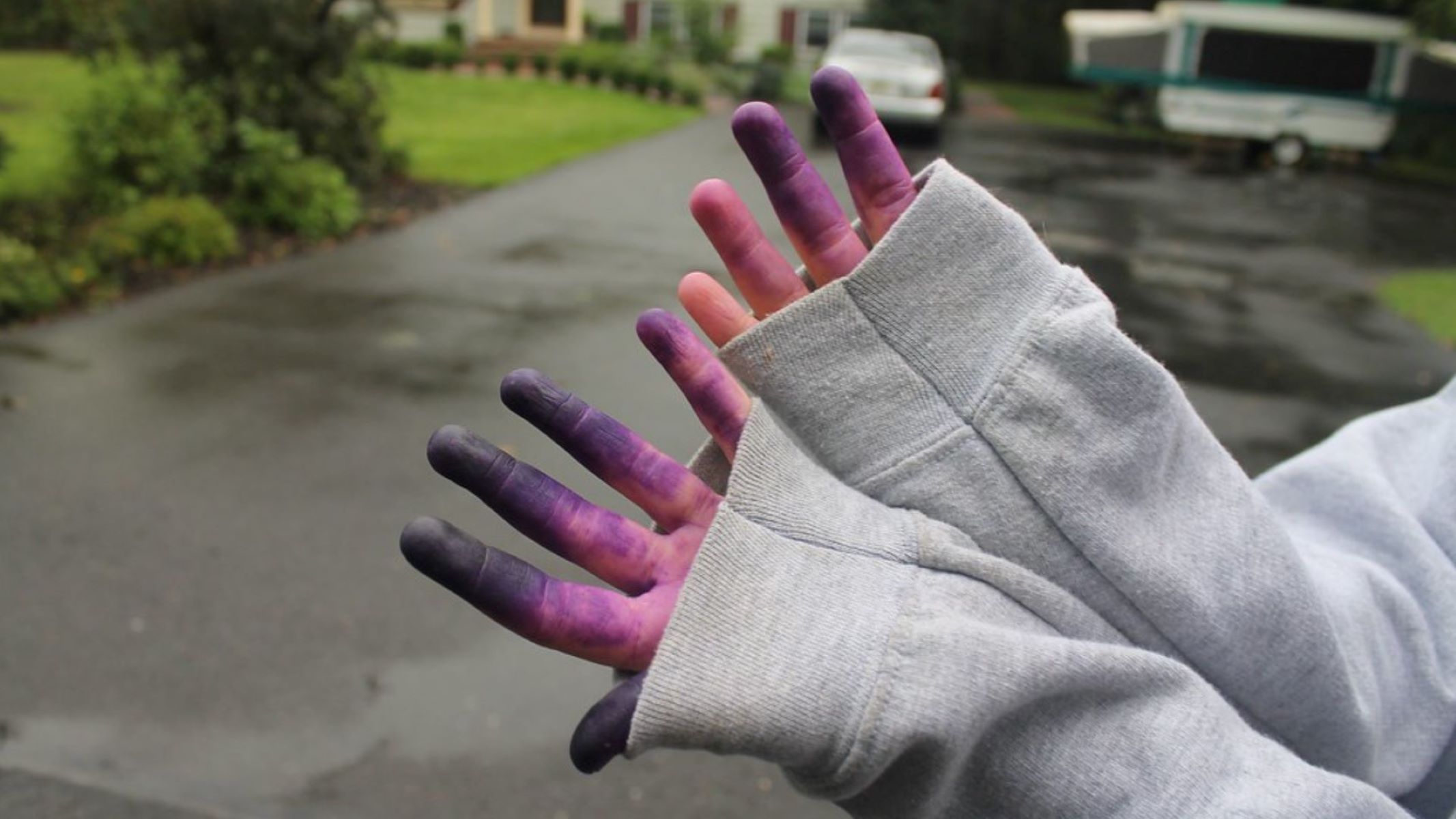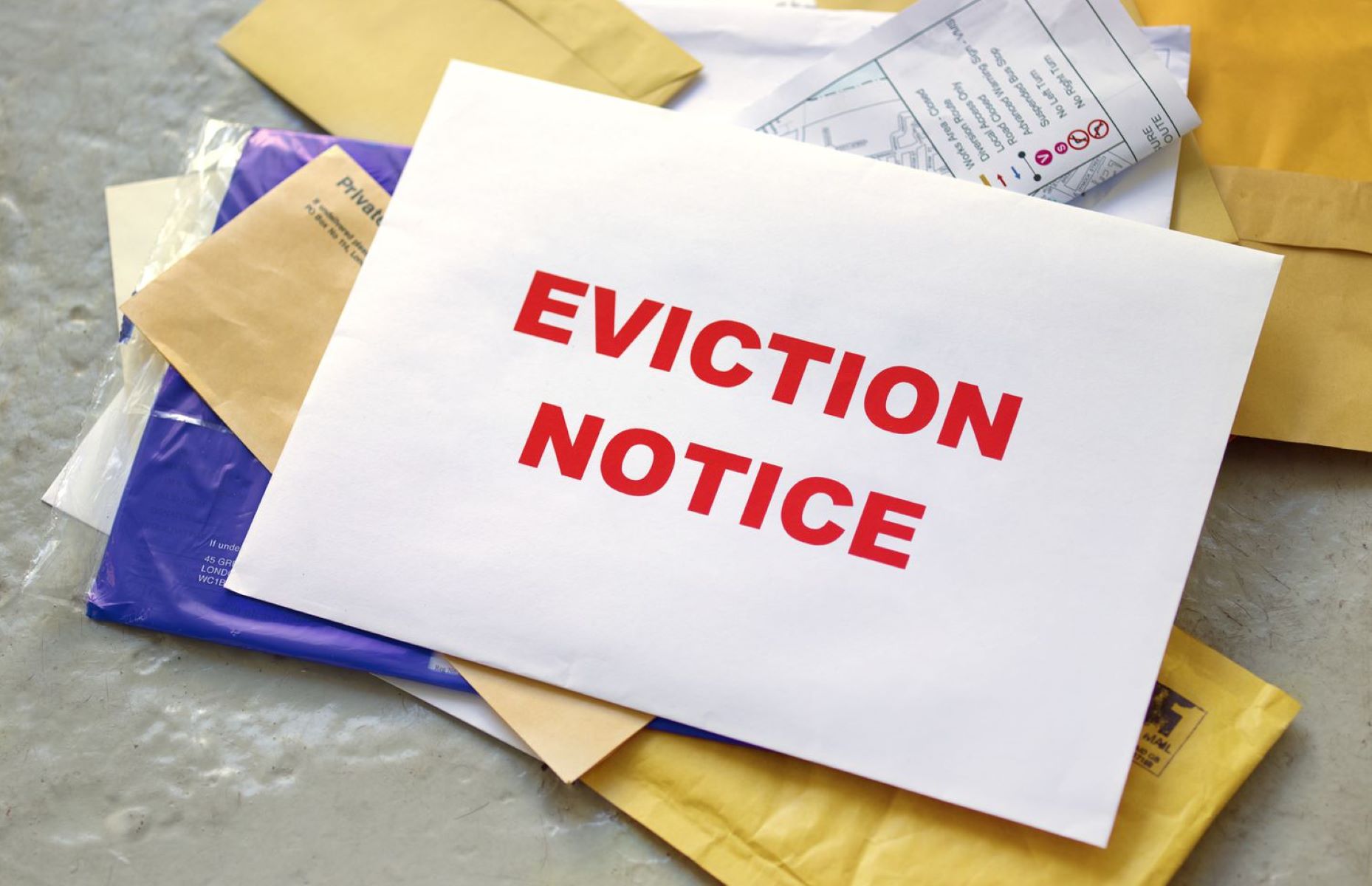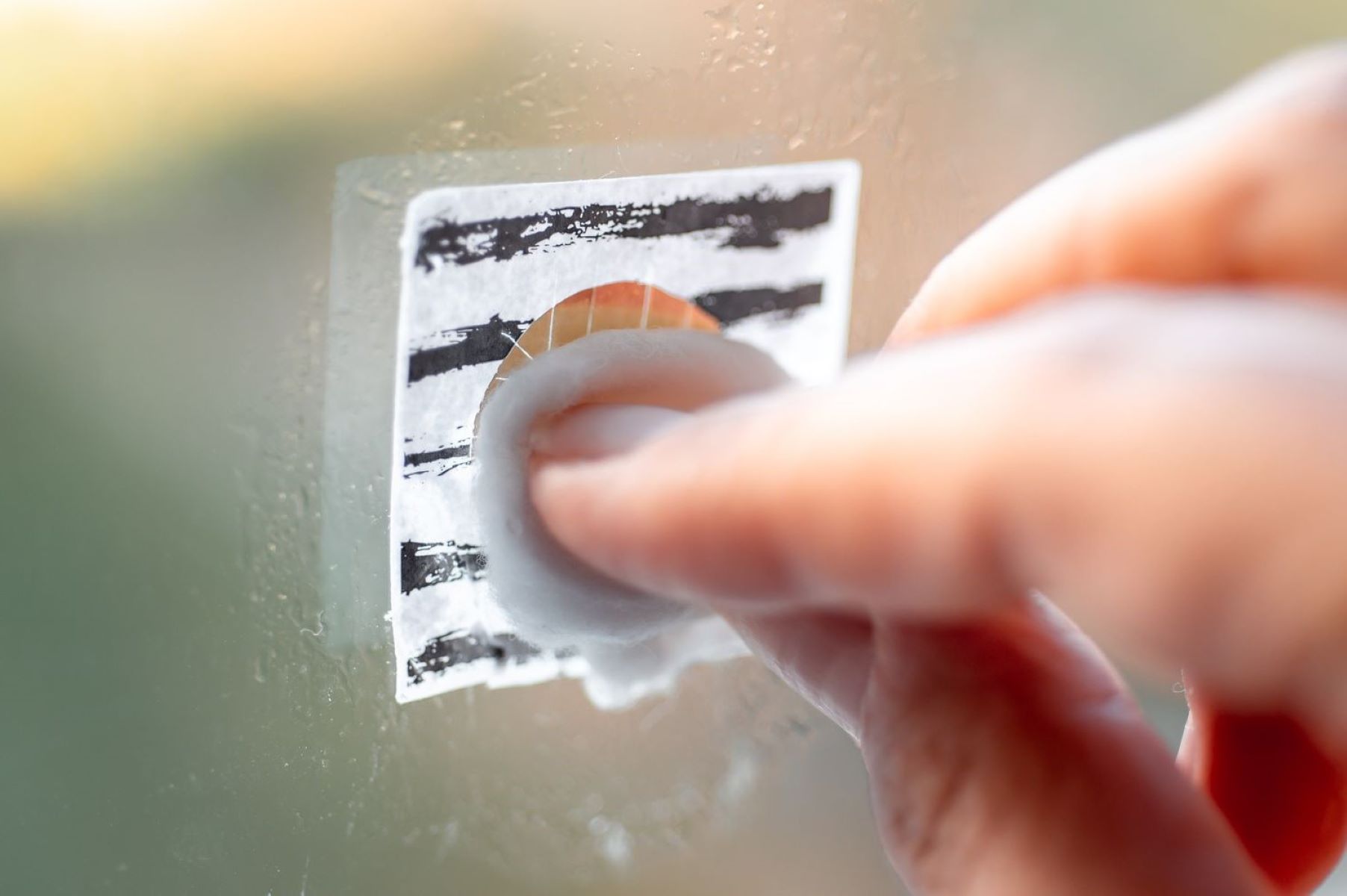Home>Home and Garden>The Ultimate Guide To Removing Mildew From Outdoor Fabric
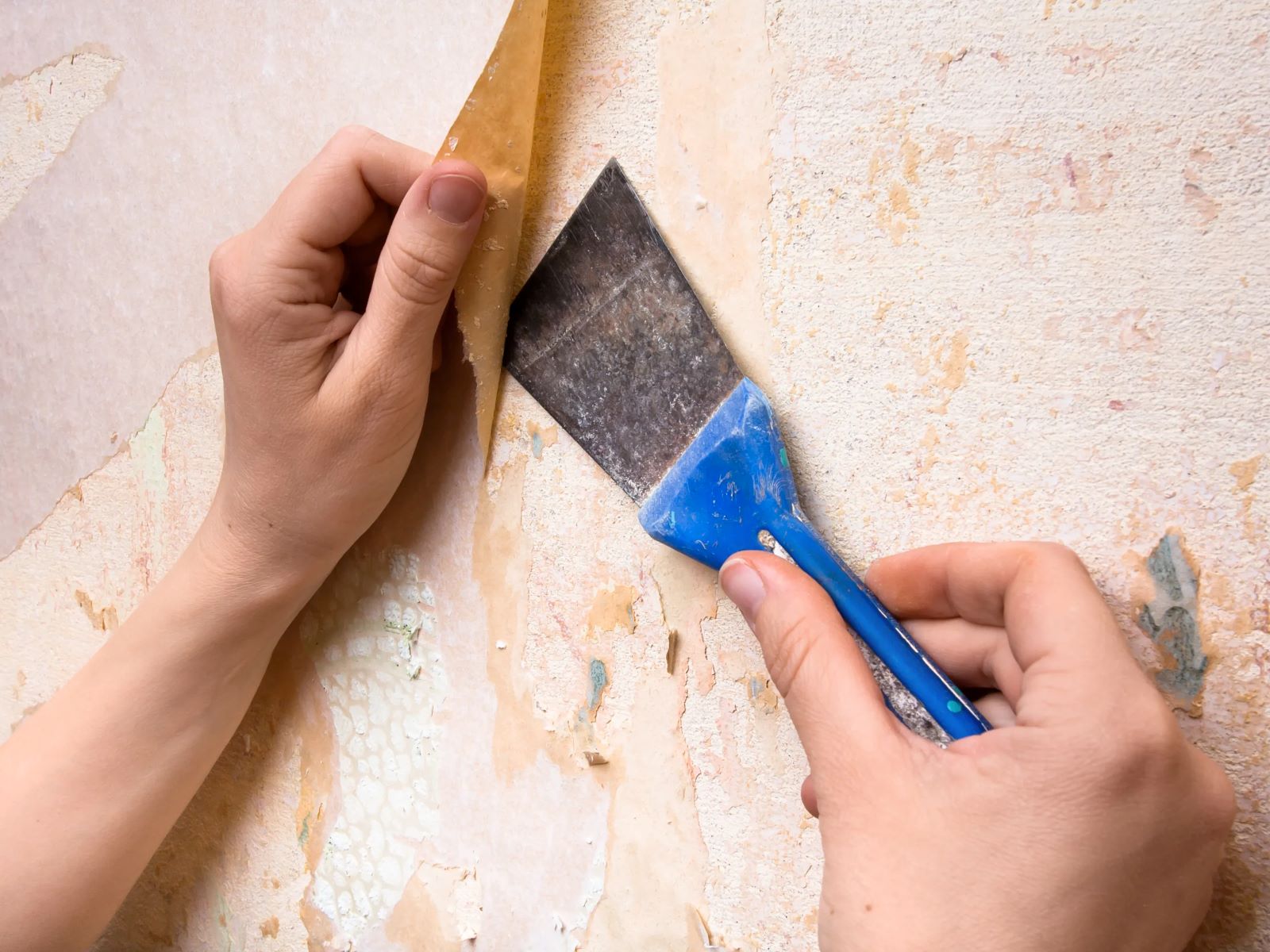

Home and Garden
The Ultimate Guide To Removing Mildew From Outdoor Fabric
Published: January 9, 2024
Learn effective methods for removing mildew from outdoor fabric in this comprehensive guide. Keep your home and garden looking fresh and clean with these expert tips.
(Many of the links in this article redirect to a specific reviewed product. Your purchase of these products through affiliate links helps to generate commission for Regretless.com, at no extra cost. Learn more)
Table of Contents
Introduction
Mildew can quickly turn outdoor fabric from a beautiful asset into an unsightly eyesore. Whether it's on your patio furniture, outdoor cushions, or umbrella, dealing with mildew is a common challenge for homeowners. However, with the right knowledge and approach, you can effectively remove mildew and prevent its return, ensuring that your outdoor living spaces remain inviting and fresh.
In this comprehensive guide, we will delve into the world of mildew on outdoor fabric, exploring the causes of mildew growth, the best methods for removal, and proactive measures to prevent its recurrence. By the end of this guide, you will be equipped with the insights and techniques needed to tackle mildew-related issues with confidence.
Let's embark on a journey to understand the nature of mildew, learn how to prepare for its removal, explore effective removal methods, and discover strategies for keeping mildew at bay in the future. Whether you're a seasoned homeowner or a novice in the realm of outdoor fabric care, this guide is tailored to provide valuable insights and practical solutions for your mildew-related concerns.
So, grab your cleaning supplies and get ready to bid farewell to mildew as we embark on this journey to restore the pristine beauty of your outdoor fabric.
Understanding Mildew
Mildew is a type of mold that thrives in damp, humid environments, making outdoor fabric an ideal breeding ground. It appears as a powdery or fuzzy growth, often in shades of white, gray, or black, and can spread rapidly if left unchecked. This unsightly presence is not only a visual nuisance but can also lead to unpleasant odors and, in some cases, cause deterioration of the fabric itself.
The development of mildew on outdoor fabric is typically attributed to a combination of moisture, warmth, and lack of ventilation. When these conditions are present, mildew spores, which are omnipresent in the environment, can settle and begin to multiply. Common culprits for creating these conditions include rainy weather, high humidity, and inadequate air circulation.
Understanding the nature of mildew is crucial for effective removal and prevention. It's important to recognize that mildew is not just a surface issue; its roots can penetrate the fabric, making it resilient and challenging to eradicate completely. Ignoring mildew or using ineffective cleaning methods can lead to its resurgence, causing frustration and potentially permanent damage to the fabric.
By comprehending the environmental factors that contribute to mildew growth and the resilient nature of its spores, homeowners can gain valuable insights into why mildew appears and how to combat it effectively. Armed with this understanding, you can proceed with confidence to prepare for the removal of mildew from your outdoor fabric, knowing that you are equipped with the knowledge needed to address this common challenge.
Preparing for Mildew Removal
Before diving into the process of removing mildew from outdoor fabric, it's essential to prepare adequately to ensure a successful and thorough cleaning. Proper preparation sets the stage for effective removal and minimizes the risk of spreading mildew spores to other areas. Here's a step-by-step guide to preparing for mildew removal:
-
Safety First: Begin by donning protective gear such as gloves and a mask to shield yourself from potential allergens and irritants released during the cleaning process.
-
Assessment: Carefully examine the affected outdoor fabric to determine the extent of the mildew infestation. Take note of any areas where the mildew has deeply penetrated the fabric.
-
Ventilation: Choose a well-ventilated outdoor area for the cleaning process. Adequate airflow helps disperse airborne spores and accelerates the drying process after cleaning.
-
Brushing: Use a soft-bristled brush to gently remove any loose mildew growth from the fabric's surface. This preliminary step helps prevent spreading the spores during the cleaning process.
-
Vacuuming: Employ a vacuum cleaner with a soft brush attachment to further remove loose mildew and debris from the fabric. This step aids in minimizing the amount of mildew that needs to be treated directly.
-
Test Cleaning Solutions: If you plan to use a commercial cleaning product or homemade solution, perform a patch test on a small, inconspicuous area of the fabric to ensure compatibility and prevent potential damage.
-
Gather Cleaning Supplies: Assemble the necessary cleaning supplies, which may include mildew-specific cleaners, laundry detergent, white vinegar, hydrogen peroxide, and a bucket for mixing solutions. Additionally, prepare clean cloths, a soft brush, and a spray bottle for application.
-
Read Manufacturer's Instructions: If the outdoor fabric has specific care instructions provided by the manufacturer, review them to ensure that the cleaning methods align with the fabric's recommended maintenance guidelines.
By taking these preparatory steps, you set the groundwork for a focused and effective mildew removal process. With the right preparations in place, you can proceed confidently to tackle the mildew issue, knowing that you have optimized the conditions for successful cleaning and restoration of your outdoor fabric.
Methods for Removing Mildew
When it comes to removing mildew from outdoor fabric, several effective methods and cleaning solutions are available to address this common issue. Each method offers its unique approach to targeting and eradicating mildew, catering to different preferences and the severity of the infestation. Here are the key methods for removing mildew from outdoor fabric:
-
Vinegar Solution: A time-tested and natural approach involves using a solution of white vinegar and water. Mix equal parts of vinegar and water in a spray bottle and apply it directly to the affected areas. Allow the solution to sit for 15-20 minutes before gently scrubbing the fabric with a soft brush. Rinse the fabric thoroughly with water and allow it to air dry in a well-ventilated area.
-
Hydrogen Peroxide: Another potent solution for mildew removal is hydrogen peroxide. Mix one part hydrogen peroxide with three parts water and apply it to the affected areas. Let the solution work its magic for 15-30 minutes before rinsing the fabric with water and allowing it to dry. This method is particularly effective for tackling stubborn mildew stains.
-
Commercial Mildew Cleaner: There are numerous commercial cleaners specifically formulated for mildew removal from outdoor fabric. These products are designed to target mildew at its core, effectively breaking down and eliminating the spores. Follow the manufacturer's instructions for application and ensure thorough rinsing and drying after treatment.
-
Bleach-Based Cleaner (for white fabrics): For white outdoor fabric that is resistant to color fading, a bleach-based cleaner can be an effective solution. Dilute bleach with water according to the product's instructions and apply it to the affected areas. Allow the solution to sit briefly before rinsing the fabric thoroughly and allowing it to dry in the sunlight, which can aid in further mildew prevention.
-
Laundry Detergent: For mild cases of mildew, a simple solution of mild liquid laundry detergent and water can be used to spot-treat the affected areas. Gently scrub the fabric with the detergent solution, rinse thoroughly, and air dry. This method is gentle and suitable for regular maintenance.
Regardless of the method chosen, it's essential to approach mildew removal with care and thoroughness. After treating the fabric, ensure that it is completely dry before returning it to use. Additionally, regular cleaning and proactive measures, such as using protective covers and promoting airflow, can help prevent future mildew growth.
By employing these methods for removing mildew from outdoor fabric, homeowners can effectively restore the cleanliness and appeal of their outdoor living spaces, ensuring that mildew does not detract from the enjoyment of their outdoor furniture and accessories.
Preventing Mildew in the Future
Preventing mildew from reoccurring on outdoor fabric is crucial for maintaining its pristine condition and prolonging its lifespan. After investing time and effort into removing mildew, implementing proactive measures to prevent its return is essential. Here are effective strategies to safeguard your outdoor fabric from future mildew growth:
-
Promote Air Circulation: Adequate airflow is a natural enemy of mildew. Position outdoor furniture and fabric in areas with good ventilation to minimize the accumulation of moisture, which creates an environment conducive to mildew growth. Consider using elevated platforms or breathable materials to allow air to circulate underneath furniture and cushions.
-
Regular Cleaning and Maintenance: Establish a routine for regular cleaning and maintenance of outdoor fabric. This includes removing debris, dirt, and organic matter that can contribute to the development of mildew. By staying proactive, you can prevent mildew from taking hold and maintain the fabric's cleanliness.
-
Sunlight Exposure: Sunlight is a powerful ally in the fight against mildew. Whenever possible, expose outdoor fabric to direct sunlight, as UV rays have natural mildew-inhibiting properties. Periodically airing out cushions, pillows, and other fabric items in the sun can help prevent mildew growth.
-
Use Protective Covers: When outdoor furniture is not in use, cover it with protective, breathable covers designed for outdoor use. These covers shield the fabric from moisture and debris, reducing the likelihood of mildew formation during periods of inactivity.
-
Invest in Mildew-Resistant Fabric: When purchasing new outdoor fabric items, consider investing in materials that are specifically designed to resist mildew. Many modern outdoor fabrics are engineered to repel moisture and inhibit mildew growth, providing added protection and peace of mind.
-
Prompt Spill and Stain Cleanup: Address spills and stains on outdoor fabric promptly. Lingering moisture and organic matter can create favorable conditions for mildew to develop. By attending to spills immediately, you can minimize the risk of mildew taking hold.
-
Seasonal Deep Cleaning: Incorporate seasonal deep cleaning into your outdoor fabric maintenance routine. At the beginning and end of the outdoor season, thoroughly clean and inspect all fabric items. This proactive approach helps identify and address potential mildew issues before they escalate.
By integrating these preventive measures into your outdoor fabric care regimen, you can significantly reduce the risk of future mildew growth. Proactive maintenance, coupled with a keen awareness of environmental conditions, empowers homeowners to enjoy their outdoor living spaces without the looming threat of mildew.
Conclusion
In the realm of outdoor fabric care, the presence of mildew can pose a persistent challenge, threatening the cleanliness and visual appeal of outdoor living spaces. However, armed with the insights and techniques presented in this comprehensive guide, homeowners can confidently address mildew-related issues and safeguard their outdoor fabric from future infestations.
By delving into the nature of mildew and understanding its predisposing factors, individuals gain valuable knowledge that forms the foundation for effective mildew removal and prevention. Recognizing that mildew is not merely a surface nuisance, but a resilient intruder that thrives in specific environmental conditions, empowers homeowners to approach mildew-related challenges with precision and efficacy.
Preparation plays a pivotal role in the successful removal of mildew from outdoor fabric. By meticulously assessing the affected areas, employing safety measures, and assembling the necessary cleaning supplies, individuals set the stage for a focused and thorough cleaning process. These preparatory steps serve as the cornerstone for achieving optimal results and minimizing the risk of spreading mildew spores during the removal process.
The methods for removing mildew from outdoor fabric presented in this guide cater to a diverse range of preferences and severity levels. From natural solutions such as vinegar and hydrogen peroxide to commercial cleaners and bleach-based treatments, homeowners have a variety of effective options at their disposal. Each method offers a unique approach to eradicating mildew, ensuring that outdoor fabric can be restored to its pristine condition with careful and thorough cleaning.
Furthermore, the proactive measures outlined for preventing future mildew growth empower homeowners to maintain the cleanliness and longevity of their outdoor fabric. By promoting air circulation, embracing regular cleaning and maintenance routines, harnessing the power of sunlight, and investing in mildew-resistant fabric, individuals can create a robust defense against the recurrence of mildew.
In conclusion, this guide equips homeowners with the knowledge, methods, and preventive strategies needed to combat mildew and preserve the beauty of their outdoor fabric. By embracing these insights and incorporating them into their outdoor fabric care regimen, individuals can enjoy their outdoor living spaces with confidence, knowing that they have the tools to conquer mildew-related challenges effectively and sustain the allure of their outdoor fabric for years to come.
